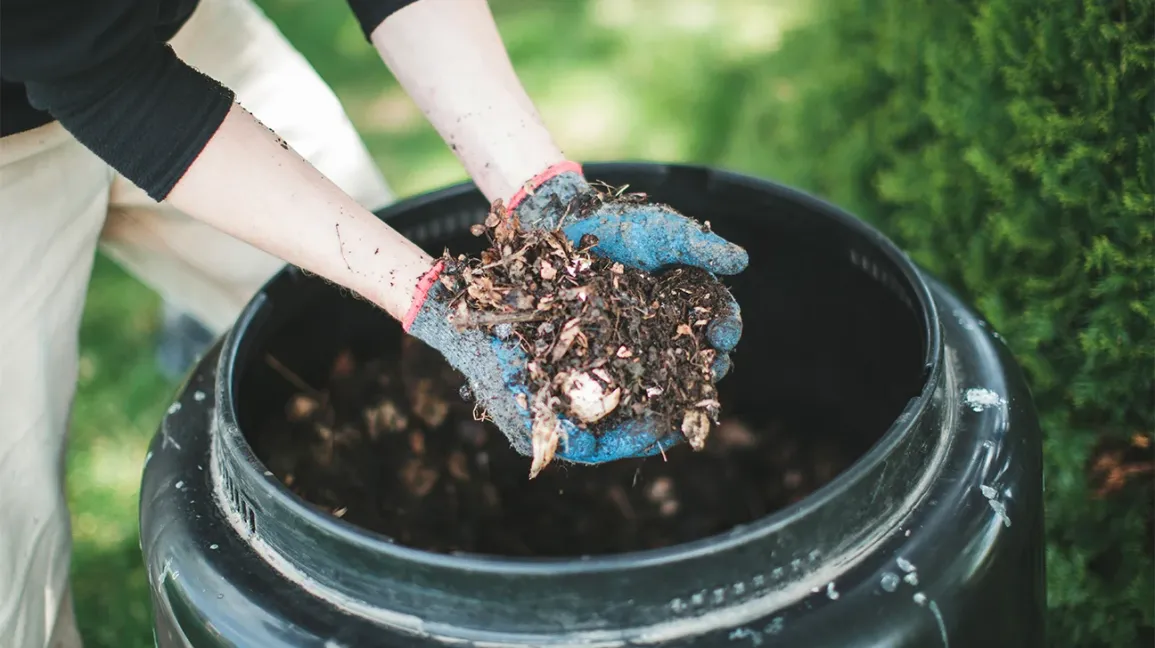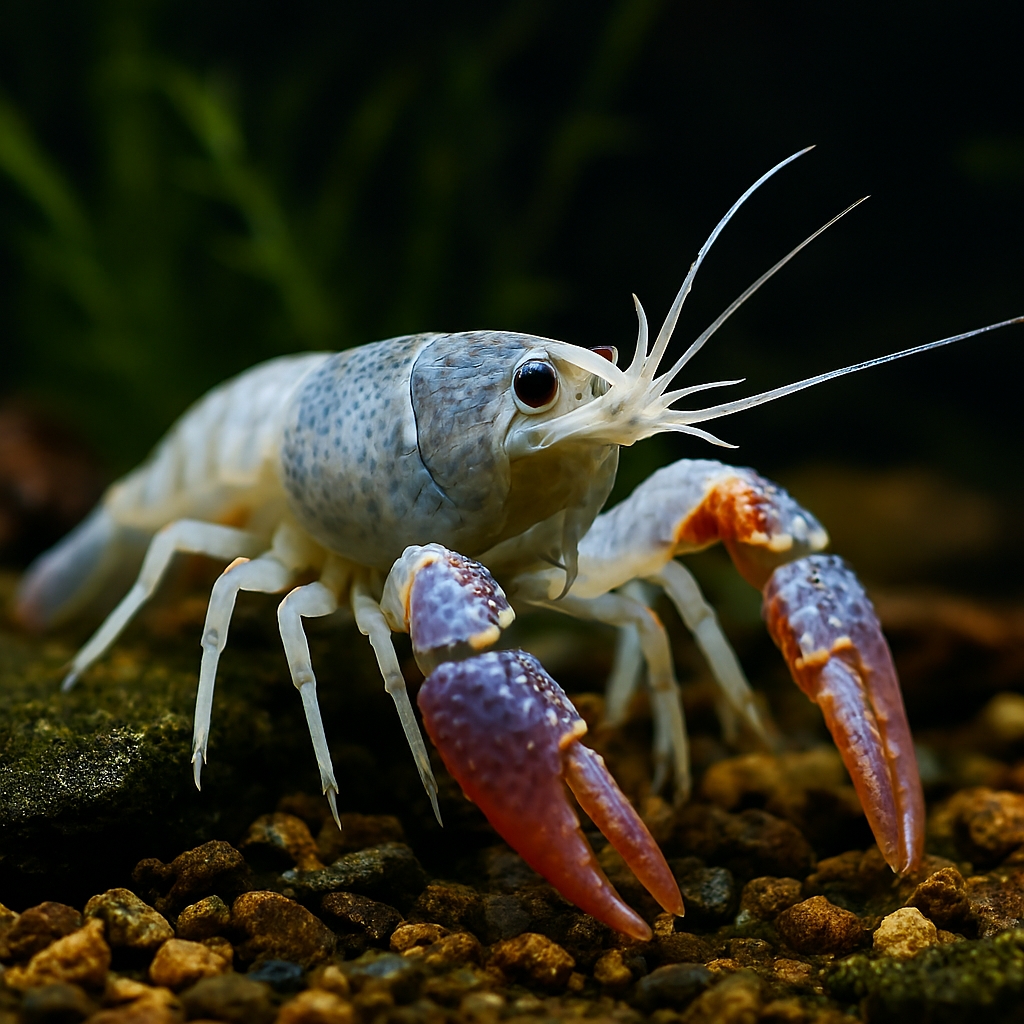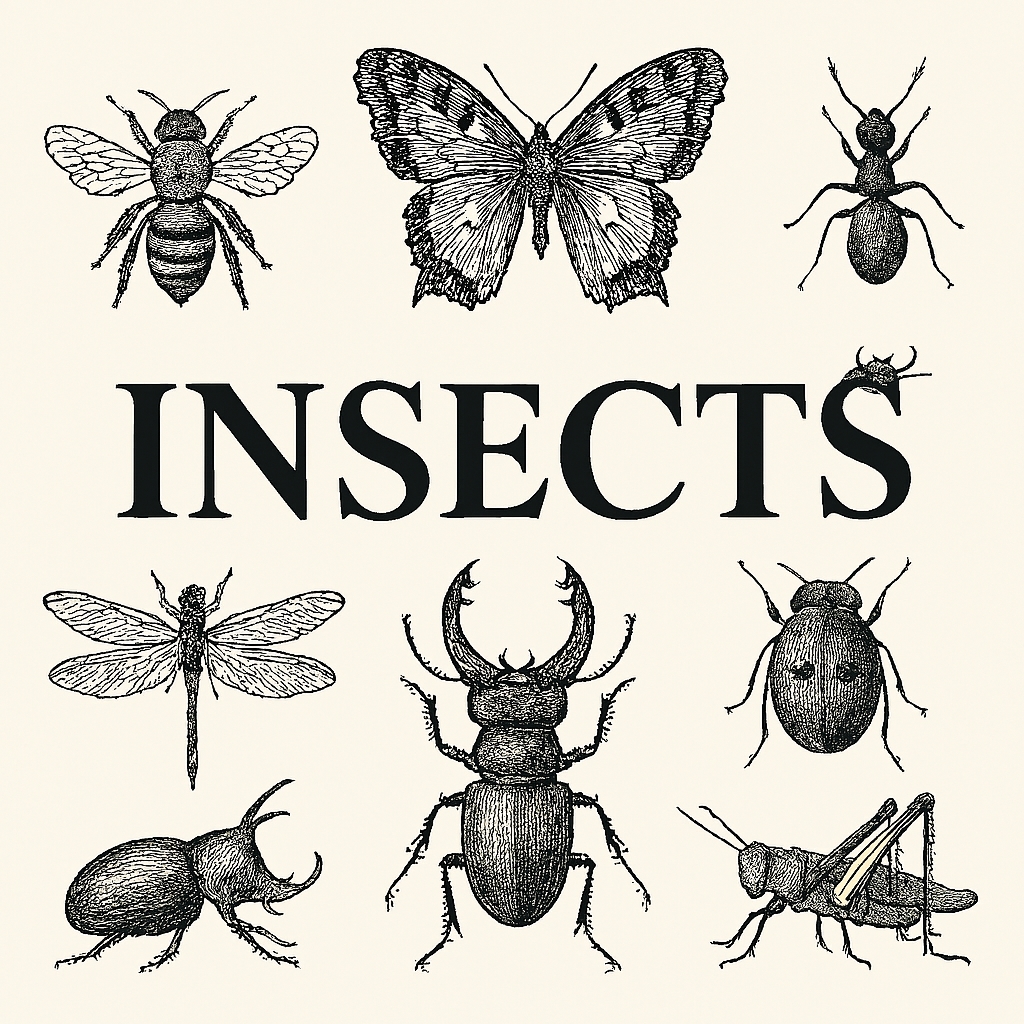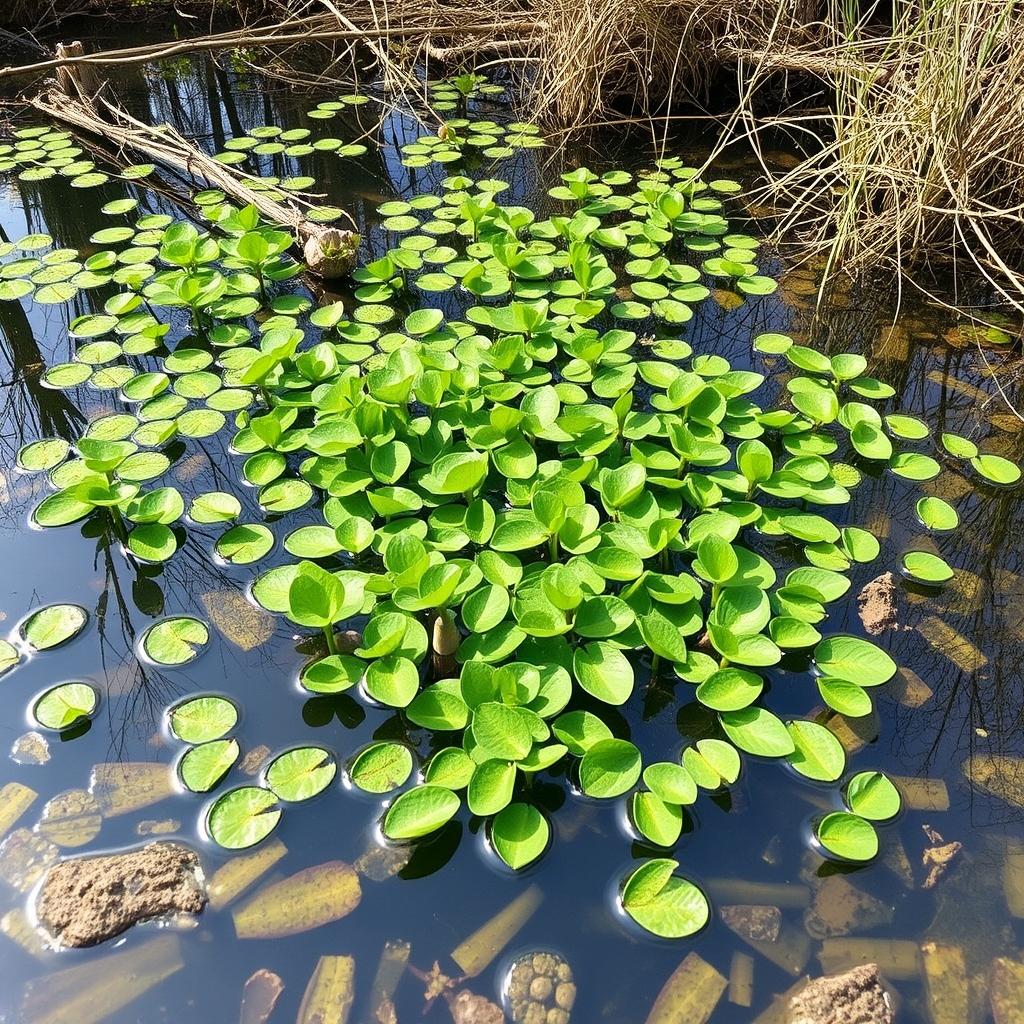Are you looking for a simple and effective way to reduce your environmental impact while simultaneously enriching your garden? Composting yard waste is an excellent solution that not only diverts organic matter from landfills but also transforms it into nutrient-rich soil amendments. In this comprehensive guide, we’ll explore the benefits of composting yard waste, provide step-by-step instructions, and share valuable tips to help you get started on your composting journey.
Read Also: The Best Zero Waste Grocery Stores Near You: A Comprehensive Guide and Comparison
Benefits of Composting Yard Waste
Composting yard waste offers numerous advantages for both you and the environment:
-
Reduces Waste: By composting yard waste, you can significantly reduce the amount of organic matter sent to landfills, where it contributes to the production of methane, a potent greenhouse gas.
-
Improves Soil Health: The nutrient-rich compost created from yard waste enhances soil structure, fertility, and water-holding capacity, promoting healthier plant growth.
-
Saves Money: Instead of purchasing expensive commercial fertilizers, you can create your own high-quality compost for free, saving money while benefiting your garden.
-
Supports Sustainable Gardening: Composting yard waste aligns with the principles of sustainable gardening, encouraging a closed-loop system where waste is transformed into a valuable resource.
Read Also: The Best Eco-Friendly Cleaning Products for Sensitive Skin: A Comprehensive Guide
Getting Started with Composting Yard Waste
Composting yard waste is a straightforward process that can be easily incorporated into your gardening routine. Here are the basic steps to get you started:
-
Choose a Composting Method: There are various composting methods to choose from, including traditional bins, tumbling composters, or open piles. Select the method that best suits your needs and available space.
-
Gather Your Materials: Collect a variety of yard waste, such as grass clippings, leaves, twigs, and branches (shredded or chopped into smaller pieces). You can also include other organic materials like fruit and vegetable scraps, coffee grounds, and shredded paper.
-
Layer Your Compost: Begin by creating a base layer of coarse materials, such as twigs or small branches, to promote airflow. Then, alternate layers of green (nitrogen-rich materials like grass clippings and fruit/vegetable scraps) and brown (carbon-rich materials like leaves and shredded paper) materials.
-
Maintain Proper Moisture and Aeration: Ensure that your compost pile has the right balance of moisture and aeration. The ideal moisture level should be similar to a wrung-out sponge, and regular turning or mixing will introduce oxygen, which is essential for the composting process.
-
Monitor and Manage Your Compost: Keep an eye on your compost pile and make adjustments as needed. If it’s too dry, add water; if it’s too wet, incorporate more brown materials or turn it more frequently. As the materials break down, continue adding new yard waste and other organic matter to the pile.
Read Also: Unleashing Nature’s Magic: The Incredible Benefits of Composting Food Scraps and Reducing Waste
Advanced Tips for Successful Composting
While composting yard waste is relatively straightforward, there are several advanced tips that can help you optimize the process and achieve even better results:
-
Use a Compost Aerator or Tumbler: Investing in a compost aerator or tumbler can significantly speed up the composting process by introducing more oxygen and facilitating thorough mixing.
-
Incorporate Composting Worms: Vermicomposting, or composting with worms, can be an effective way to break down organic matter and produce nutrient-rich compost. Red wiggler worms are particularly well-suited for this purpose.
-
Monitor Temperature: The ideal temperature range for efficient composting is between 135°F and 160°F (57°C and 71°C). Use a compost thermometer to track the temperature and make adjustments as needed.
-
Consider a Compost Starter or Activator: Compost starters or activators, which contain beneficial microorganisms, can kick-start the composting process and accelerate the breakdown of organic matter.
-
Experiment with Different Materials: While yard waste is an excellent base, you can experiment with incorporating other organic materials, such as shredded paper, cardboard, or even hair clippings, to create a diverse and nutrient-rich compost.
Read Also: The Ultimate Guide to Upcycled Crafts for Adults: Unleash Your Creativity and Sustainability
Comparison of Composting Methods
When it comes to composting yard waste, there are several methods to choose from. Here’s a comparison table to help you decide which method might work best for your needs:
| Composting Method | Pros | Cons | Best For |
|---|---|---|---|
| Traditional Bin or Pile | Inexpensive, easy to set up | Requires manual turning, can be unsightly | Small to medium yards, low-maintenance gardeners |
| Tumbling Composter | Efficient aeration, easier turning | More expensive, requires space | Medium to large yards, frequent composters |
| Vermicomposting (Worm Bin) | Produces nutrient-rich compost, compact | Requires monitoring and maintenance | Small spaces, indoor composting |
| Hot Composting | Rapid decomposition, kills weed seeds and pathogens | Requires frequent monitoring and turning | Large volumes of yard waste, experienced composters |
| Cold Composting | Low maintenance, slower process | Less effective at killing weed seeds and pathogens | Small yards, patient gardeners |
Consider factors such as the size of your yard, the volume of yard waste you generate, and your desired level of involvement when choosing the composting method that best suits your needs.
Read Also: Reducing Your Water Footprint: Simple Steps for a More Sustainable Home
Troubleshooting Common Composting Issues
Even with the best intentions, composting yard waste can sometimes present challenges. Here are some common issues and solutions to help you get back on track:
-
Foul Odors: If your compost pile emits an unpleasant smell, it may be too wet or lacking in aeration. Add more brown materials (like shredded paper or dry leaves) and turn the pile more frequently to introduce oxygen.
-
Slow Decomposition: If the materials in your compost pile are not breaking down as quickly as desired, the pile may be too dry or lacking in nitrogen. Add water and incorporate more green materials (like grass clippings or fruit/vegetable scraps) to provide moisture and nitrogen.
-
Pests or Rodents: If you notice pests or rodents attracted to your compost pile, avoid adding meat, dairy, or fatty foods, which can attract unwanted visitors. Ensure that food scraps are buried deep within the pile and cover the top with a layer of soil or finished compost.
-
Excess Moisture: If your compost pile becomes overly saturated, it can lead to anaerobic conditions and foul odors. Add more brown materials to absorb excess moisture, and consider covering the pile during periods of heavy rain.
-
Temperature Issues: If your compost pile is not heating up as expected, it may lack the proper balance of green and brown materials or sufficient aeration. Adjust the ratios and turn the pile more frequently to introduce oxygen.
By addressing these common issues promptly, you can ensure a smooth and successful composting process.
Incorporating Compost into Your Garden
Once your yard waste has transformed into rich, earthy compost, it’s time to reap the benefits in your garden. Here are a few ways to incorporate your homemade compost:
-
Top-dressing: Spread a layer of compost (approximately 1-2 inches thick) over your garden beds or lawn and gently work it into the soil. This will provide a nutrient boost for your plants and improve soil structure.
-
Potting Mix: Combine compost with potting soil or other growing media when potting plants or starting seedlings. The compost will provide essential nutrients and improve moisture retention.
-
Mulching: Use compost as a mulch around your plants, trees, and shrubs. It will suppress weeds, retain moisture, and gradually break down to enrich the soil.
-
Compost Tea: Steep compost in water to create a nutrient-rich “tea” that can be used as a foliar spray or soil drench for your plants.
Remember, compost is a valuable resource, so use it wisely and reap the benefits of your hard work in the form of healthier plants and a thriving garden.
Read Also: The Best Zero Waste Grocery Stores Near You: A Comprehensive Guide and Comparison
Conclusion
Composting yard waste is a simple and rewarding practice that not only reduces waste but also provides a nutrient-rich soil amendment for your garden. By following the tips and techniques outlined in this guide, you can establish an efficient composting system tailored to your needs. Embrace the joy of transforming organic matter into a valuable resource, and enjoy the benefits of a healthier, more sustainable garden. Remember, every small step towards composting contributes to a greener future for our planet.
Read Also: The Best Eco-Friendly Cleaning Products for Sensitive Skin: A Comprehensive Guide

















Leave a Reply